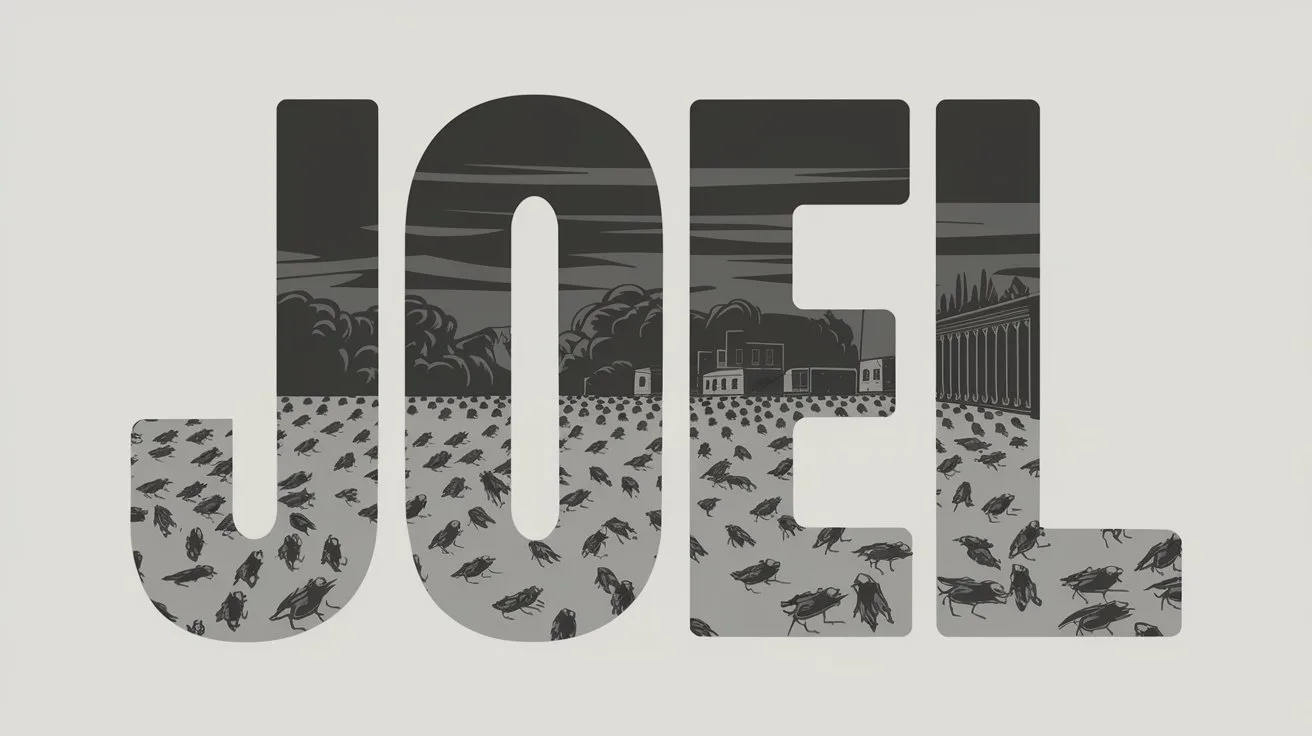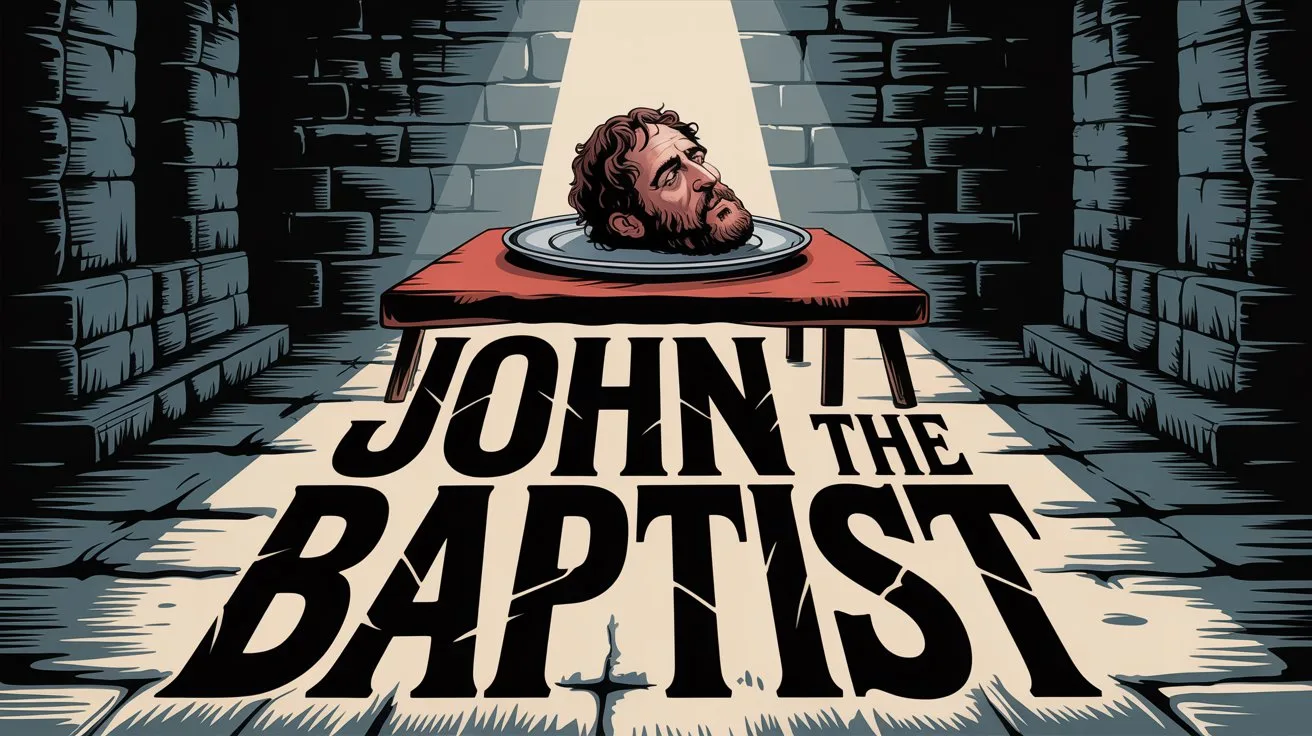Jesus cleansed the temple twice to confront corruption and to reassert the holiness of God’s house. The first cleansing occurred early in His ministry (John 2:13–17), and the second took place near the end (Matthew 21:12–13; Mark 11:15–17; Luke 19:45–46).
In both instances, Jesus found the temple being used for profit under the guise of religious activity. Money changers and sellers of animals were exploiting worshipers who came to offer sacrifices. Jesus drove them out:
“Take these things away! Do not make My Father’s house a house of merchandise!” (John 2:16)
In the second cleansing, He quotes Scripture to expose their sin:
“It is written, ‘My house shall be called a house of prayer,’ but you have made it a ‘den of thieves.'” (Matthew 21:13)
These actions fulfilled Old Testament prophecy and demons/”>demonstrated Jesus’ authority as the Messiah. His disciples recalled:
“Zeal for Your house has eaten Me up.” (John 2:17)
The temple was meant to be a place of prayer and reverence, not greed and exploitation. Jesus’ actions were not impulsive but righteous and deliberate, exposing how religious leaders had turned worship into a business.
By cleansing the temple at the beginning and end of His ministry, Jesus bookended His earthly mission with a clear message: God demands holiness, not hypocrisy. These events also foreshadowed the coming judgment on the temple system and affirmed that true worship would soon shift from the temple to Christ Himself.
The dual cleansings emphasize the seriousness of worship, the need for purity in God’s house, and Christ’s authority to reform and judge. They stand as a warning against false religion and a call to sincere, Spirit-led devotion.







